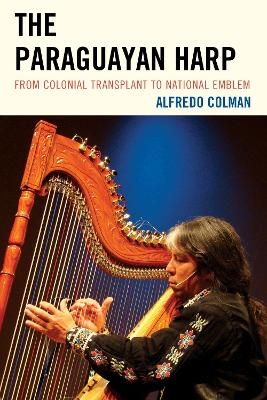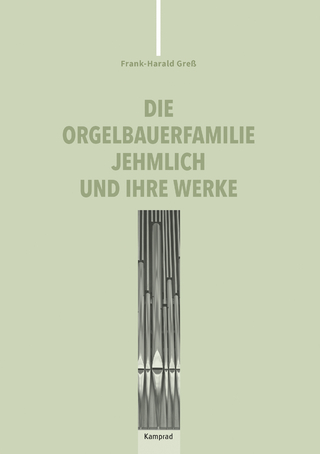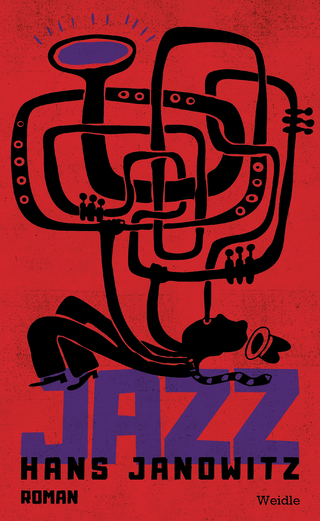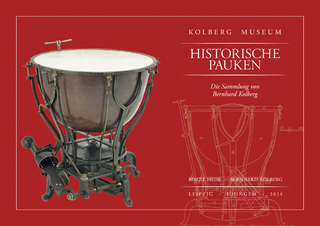
The Paraguayan Harp
From Colonial Transplant to National Emblem
Seiten
2015
Lexington Books (Verlag)
978-0-7391-9819-3 (ISBN)
Lexington Books (Verlag)
978-0-7391-9819-3 (ISBN)
This book discusses the historical and musical development of the diatonic harp in Paraguay, an analysis of the musical contributions by harp composers and performers, a survey of the various traditional genres associated with the instrument, and a discussion of the popular and academic settings where the instrument has been cultivated.
How did a music instrument transplated to South America by colonial Jesuit missionaries earn the official designation as Paraguay's cultural national symbol? This ethnomusicological and organological study of the Paraguayan diatonic harp in the twentieth century tells its story as an emblematic national musical instrument.
First used liturgically by Jesuit missions in colonial times, the transplanted European diatonic harp was transformed and adopted into the folk music vocabulary of Paraguay and the Río de la Plata region. Following the commercial success of Paraguayan harpist Félix Pérez Cardozo in the 1930s in Argentina, the instrument's symbolic value as an icon of social, cultural, and national identity was articulated in local traditions such as popular folk music festivals. It received designation of arpa paraguaya (Paraguayan harp) and, in 2010, official recognition as simbolo de la cultura nacional (cultural national symbol).
The author's fieldwork in Paraguay and continuous contact with composers, educators, festival organizers, harp performers, researchers, and festival organizers have provided unique insights into the development of the Paraguayan harp tradition as a cultural icon of the nation.
How did a music instrument transplated to South America by colonial Jesuit missionaries earn the official designation as Paraguay's cultural national symbol? This ethnomusicological and organological study of the Paraguayan diatonic harp in the twentieth century tells its story as an emblematic national musical instrument.
First used liturgically by Jesuit missions in colonial times, the transplanted European diatonic harp was transformed and adopted into the folk music vocabulary of Paraguay and the Río de la Plata region. Following the commercial success of Paraguayan harpist Félix Pérez Cardozo in the 1930s in Argentina, the instrument's symbolic value as an icon of social, cultural, and national identity was articulated in local traditions such as popular folk music festivals. It received designation of arpa paraguaya (Paraguayan harp) and, in 2010, official recognition as simbolo de la cultura nacional (cultural national symbol).
The author's fieldwork in Paraguay and continuous contact with composers, educators, festival organizers, harp performers, researchers, and festival organizers have provided unique insights into the development of the Paraguayan harp tradition as a cultural icon of the nation.
Alfredo C. Colman is associate professor of musicology and ethnomusicology at Baylor University.
Preface
Chapter One: A Personal Note
Chapter Two: A Musical Instrument, A Symbol of Identity
Chapter Three: The Setting
Chapter Four: Harps, Harpists, and Luthiers
Chapter Five: The Music of the Paraguayan Harp
Chapter Six: Traditional Music in the Discourses Surrounding Cultural Performances
Conclusion
Appendix
Bibliography
Selected Discography
Websites
| Erscheint lt. Verlag | 22.1.2015 |
|---|---|
| Verlagsort | Lanham, MD |
| Sprache | englisch |
| Maße | 158 x 237 mm |
| Gewicht | 435 g |
| Themenwelt | Kunst / Musik / Theater ► Musik ► Instrumentenkunde |
| Sozialwissenschaften ► Ethnologie | |
| Sozialwissenschaften ► Soziologie | |
| ISBN-10 | 0-7391-9819-X / 073919819X |
| ISBN-13 | 978-0-7391-9819-3 / 9780739198193 |
| Zustand | Neuware |
| Haben Sie eine Frage zum Produkt? |
Mehr entdecken
aus dem Bereich
aus dem Bereich
Roman
Buch | Hardcover (2024)
Wallstein Erfolgstitel - Belletristik und Sachbuch (Verlag)
20,00 €
die Sammlung von Bernhard Kolberg
Buch | Hardcover (2024)
E Reinhold (Verlag)
39,00 €


